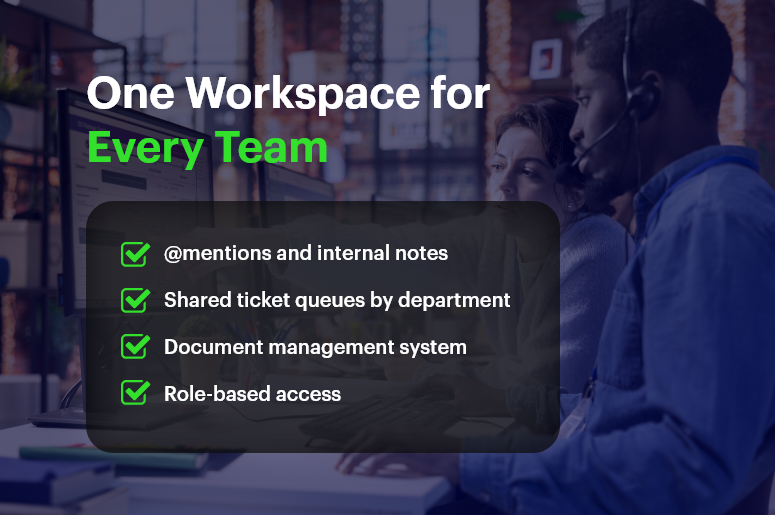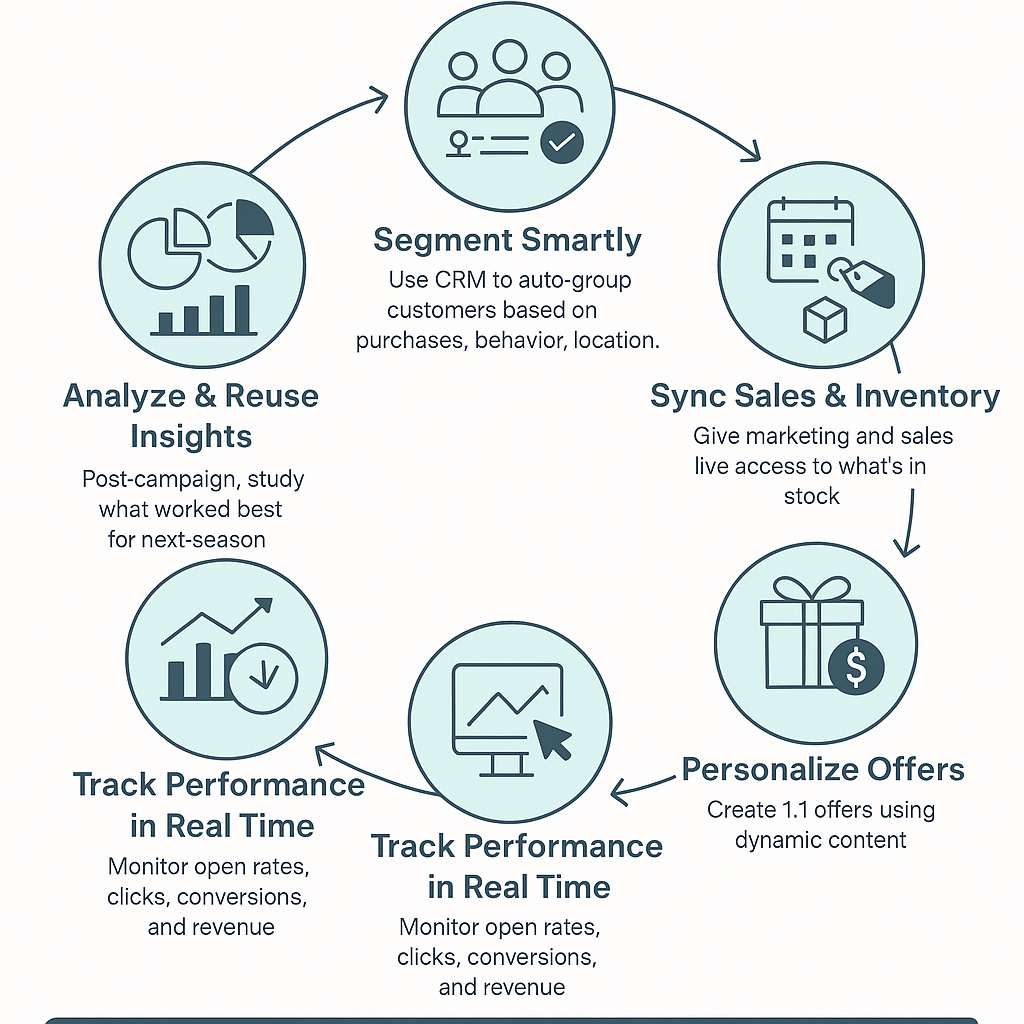Ever had your sales team close a major deal — only to find out the production team can’t deliver on time? It’s a common disconnect. Sales teams track demand and customer behavior in the CRM. Production teams work on what’s already scheduled. But without a real-time connection between both, forecasting becomes guesswork. That’s why forward-thinking manufacturers and product-based businesses are integrating their CRM and production forecasting systems.
The result? A unified workflow that predicts demand more accurately, streamlines inventory planning, and boosts customer satisfaction.
In this blog, we’ll explore how to connect your CRM to the production line — so your teams stop working in silos and start delivering together.
Why Sales and Production Must Talk to Each Other
In today’s fast-paced business environment, operational efficiency starts with visibility.
When CRM data — like leads, expected deals, customer preferences, and sales trends — is shared with your production or ERP system, it enables proactive forecasting instead of reactive planning.
But when those systems remain isolated, here’s what happens:
- Sales over-promises without knowing inventory capacity
- Production over- or under-manufactures based on outdated forecasts
- Customers face delivery delays or unfulfilled expectations
- The business loses trust, margins, and repeat orders
By integrating CRM and production forecasting, companies can:
- Predict which products will be in demand based on real-time pipeline data
- Plan production schedules with greater accuracy
- Align raw material procurement with future needs
- Reduce overproduction and waste
- Improve on-time delivery and customer satisfaction
Whether you’re managing a small manufacturing unit or an enterprise-level operation, connected data drives smarter decisions.

Choose CRM and ERP Systems That Talk to Each Other
Why it matters: Integration is the foundation. Your CRM and ERP (or production management software) need to share data seamlessly —either natively or through APIs.
Best Practice: Use a unified platform like CRMLeaf, or connect your existing systems using middleware like Zapier, Make, or custom APIs.
Tip: Choose platforms that support two-way sync, so both sales and production stay updated in real time.
Align Sales Stages with Production Planning
Why it matters: Not every lead becomes an order — but the ones nearing conversion should be on the production team’s radar.
Best Practice: Map CRM deal stages to production planning statuses:
- “Proposal Sent” = Tentative Forecast
- “Negotiation” = Forecast (Medium Certainty)
- “Won” = Immediate Production Trigger
Tip: Add probability percentages to each stage and feed that into your forecasting formula.
Track Product Demand from CRM Data
Why it matters: Sales insights are gold for forecasting. Track which products, models, or configurations are most in demand.
Best Practice: Use CRMLeaf’s product-level reporting to spot trends: e.g., 60% of Q3 leads are asking for Model X. Feed this into your production capacity plan.
Tip: Filter demand by region or sales rep to localize your production forecasts.
Automate Workflows Between Sales and Production
Why it matters: Manual handoffs slow things down and cause errors.
Best Practice: When a deal is marked “Won” in the CRM, trigger:
- Bill of materials creation
- Production job scheduling
- Inventory reservation
- Delivery estimation for the client
Tip: Set up CRMLeaf automations to push won deals into your production dashboard instantly.
Monitor Real-Time Inventory to Inform Sales
Why it matters: Sales shouldn’t sell what you can’t deliver.
Best Practice: Let your CRM show real-time inventory levels, estimated production timelines, and backorder status. This helps reps set expectations and close deals more confidently.
Tip: Use dashboard widgets in CRMLeaf to show “In Stock,” “In Production,” and “Lead Time” on each product page.
Conduct Weekly Sync Between Sales & Ops Teams
Why it matters: Even with automation, human coordination matters.
Best Practice: Run a weekly forecasting review with sales, ops, and finance using CRM dashboards and production metrics to:
- Adjust priorities
- Reallocate resources
- Plan for spikes or dips
Tip: Create a shared report in CRMLeaf with custom filters like “Deals Likely to Close in 14 Days” or “High-Volume Orders by Region.”
Customer Success
For example, BrightVolt Electronics, a mid-sized manufacturer of smart home devices, struggled with production delays. Sales would land large deals, but production couldn’t respond fast enough—leading to backlog, poor reviews, and lost clients.
By connecting CRMLeaf to their production planning system:
- Lead-to-manufacture cycle time reduced by 35%
- Inventory waste dropped by 22%
- Forecast accuracy improved by 48%
- Customer satisfaction scores rose by 30%
Now, sales and production teams work in sync—forecasting based on real sales signals, not assumptions.
Key Takeaways
The gap between your sales floor and production floor can cost you—both in dollars and reputation.
But by integrating your CRM and production forecasting, you unlock visibility, coordination, and control. Forecasts become more accurate. Sales becomes more confident. And customers get what they want—when they want it.
CRMLeaf bridges that gap, helping you connect sales data to production planning effortlessly. Whether you’re scaling up or optimizing operations, now’s the time to unify your tools and your teams.




